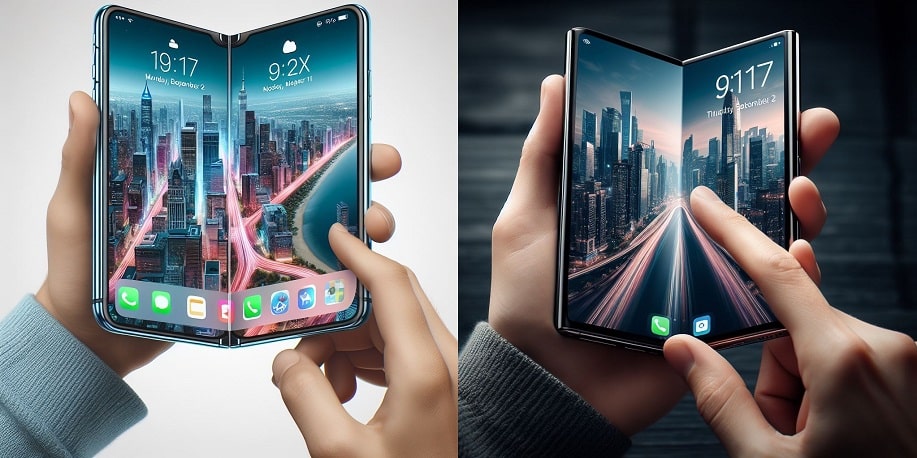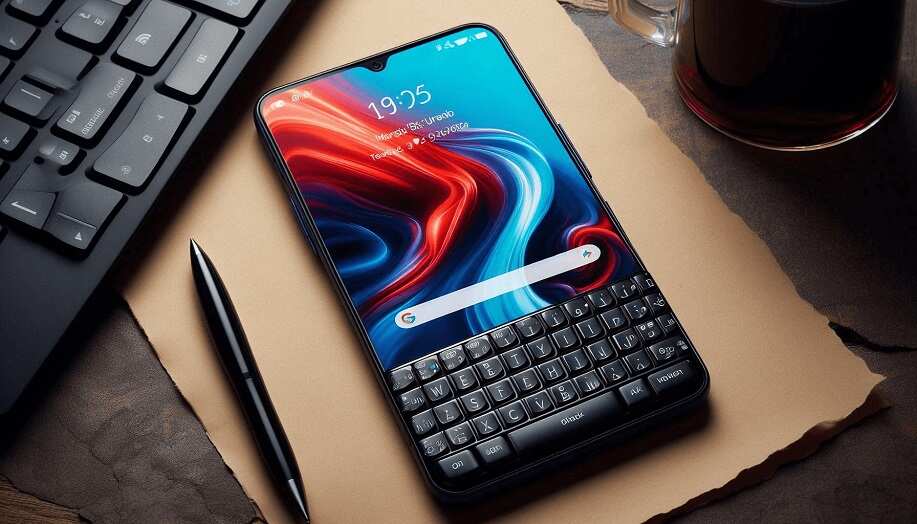AI Predicts What Next-Gen Mobile Phones Will Look Like
06 May 2024
Since we’ve not had any official announcement about the iPhone 16, or the Samsung Galaxy S25 yet we thought we’d ask an AI tool (DALL-E 3) what it thought a whole range of upcoming flagship phones might look like, and the results were… erm... interesting.
iPhone 16

According to AI, 2024 could be the year that Apple release a foldable iPhone. That prediction may be a tad optimistic since we haven’t heard any credible rumours about a foldable iPhone 16 recently, but it certainly would be an exciting move! Realistically, if one is in the works, we probably won’t see it for at least another couple of years.
Samsung Galaxy S25

AI’s predictions around what the Galaxy S25 will look like are even more outlandish than the next iPhone, suggesting the possibility of both the front and back of the device having fully useable digital displays. Samsung could utilise similar technology to the Galaxy Z Fold and Flip handsets to facilitate this (though with those devices, they are intended to be used in tandem, so there’d need to be a different approach taken with a front and back setup).
Google Pixel 9
In a similar vein to the iPhone, DALL-E thinks there’s a chance Google might introduce a flip version of their yet-to-be-announced Pixel 9 handset. While we’re quite excited by that prospect, and Google did recently move into the foldable market, we think a flip version probably isn’t on the cards. Also, the addition of a retractable camera section at the top of the device is both extremely unlikely and probably quite impractical in a mechanical sense, so this image prediction is definitely to be taken with a pinch of salt!
OnePlus 13

While the world has been crying out for a modern, top-tier smartphone with a physical keyboard, it’s extremely unlikely that OnePlus will deliver it with their next range of flagships. For people who tend to find themselves accidentally typing the wrong characters on touchscreen keyboards, this would be a game-changer, but the general increased likelihood of hardware faults that can come with physical keyboards on smartphones means companies tend to shy away from this approach these days.
Will we see many dramatic changes in the next generation of smartphones?
Most big mobile companies seem to have been sticking to an ‘if it ain’t broke, don’t fix it!’ approach with their main flagship handsets for the last few years, instead relying on making less eye-catching (but still technically impressive) iterative improvements to existing features.